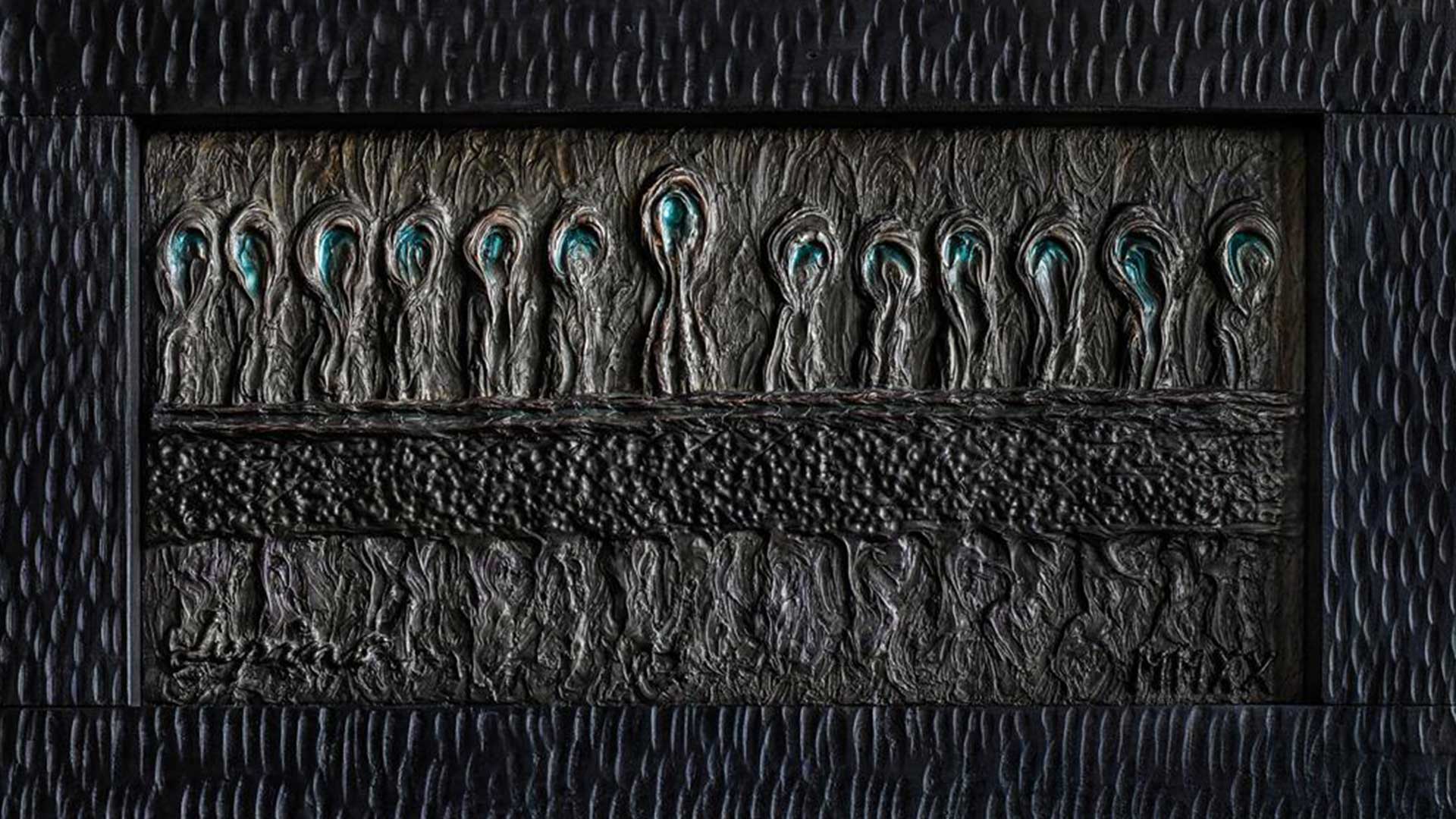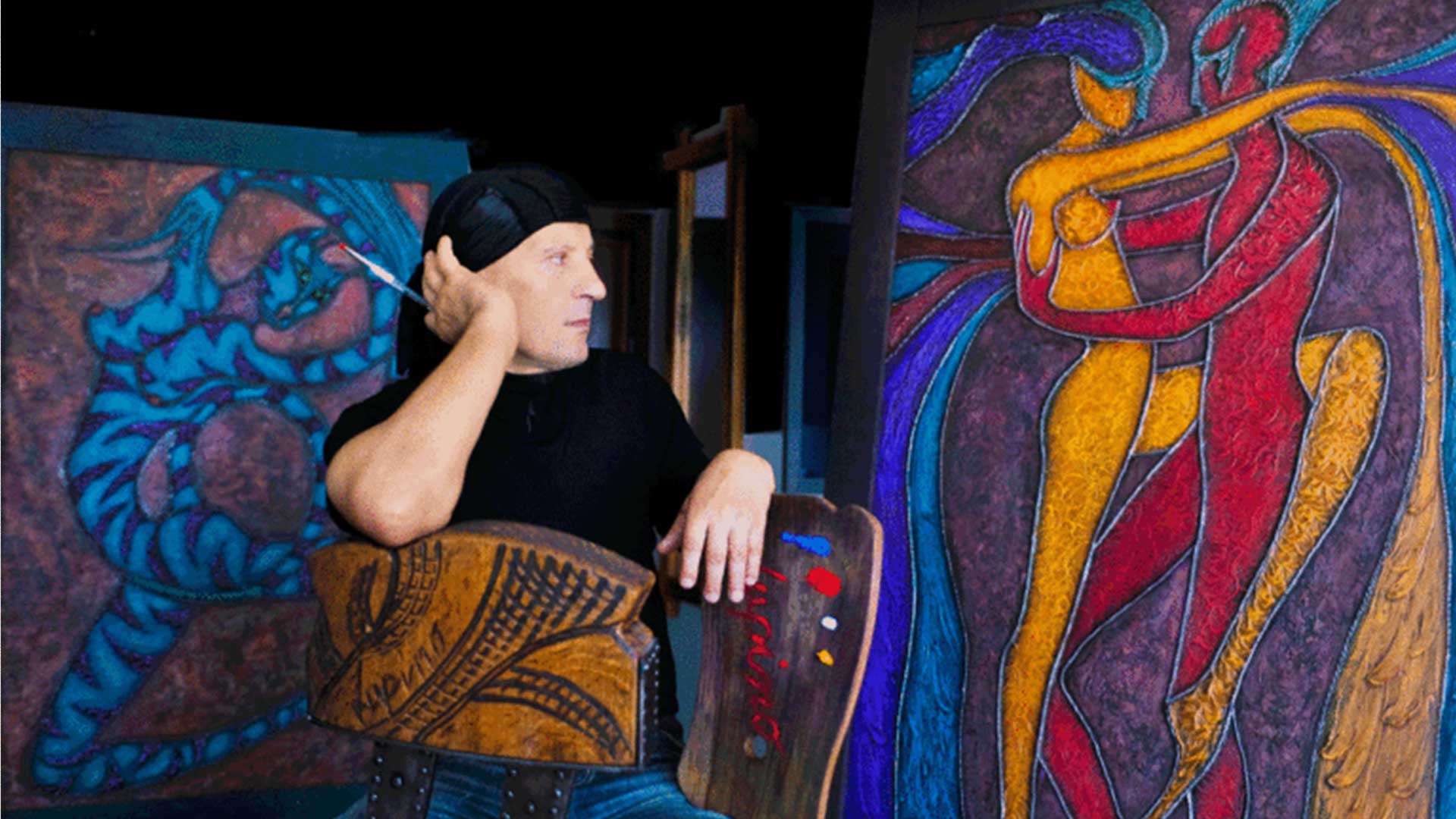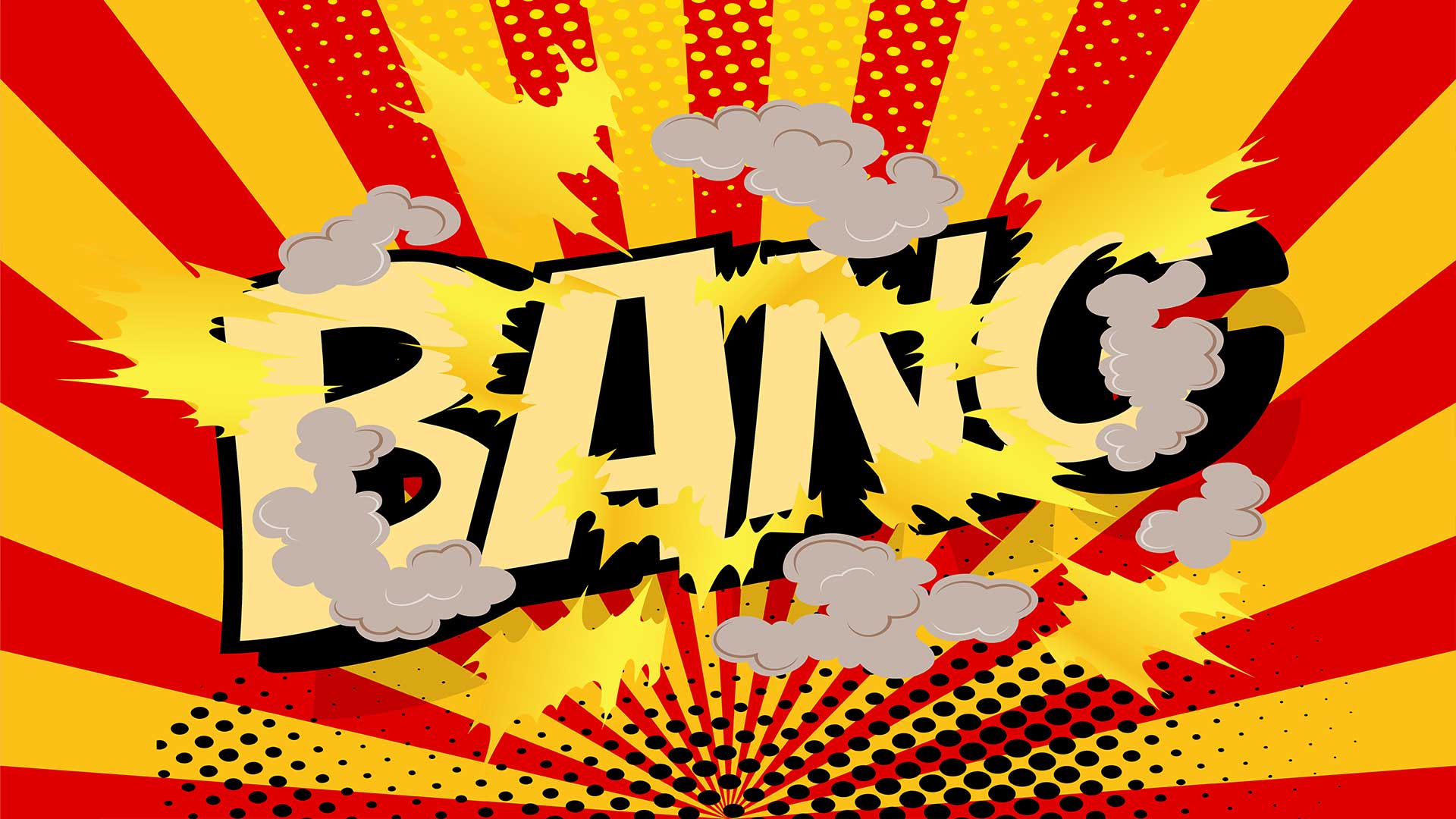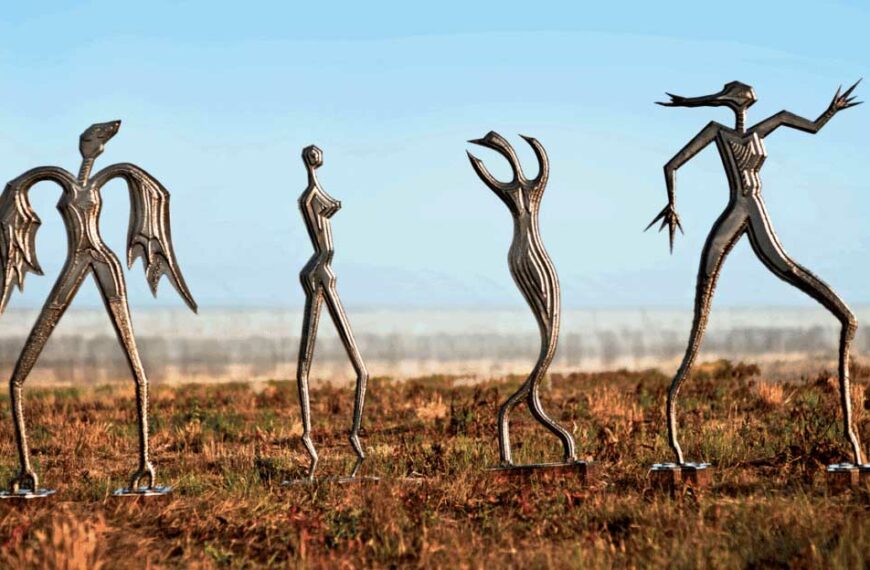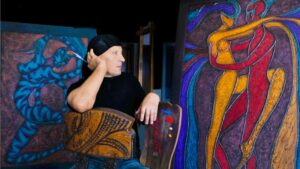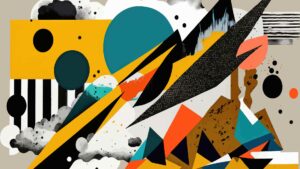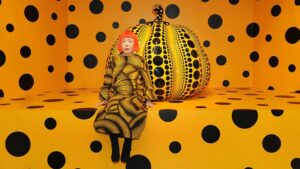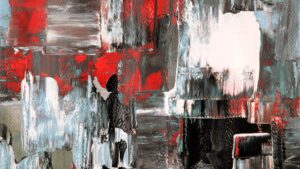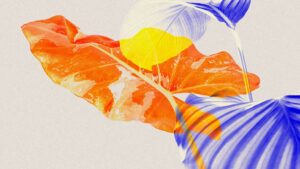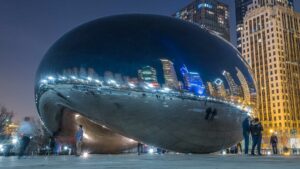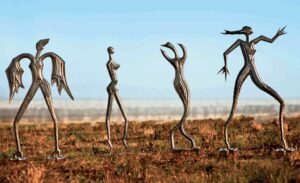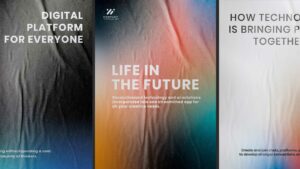What are the 5 main characteristics of modern art?
- Representation: Modern art moves away from realistic representation and experiments with different ways of depicting reality.
- Expression: Modern art emphasizes the artist’s emotions, ideas, and personal experiences, using vibrant colors, bold brushstrokes, and expressive forms.
- Design: Modern art explores new concepts in design, with a focus on innovative design principles.
- Structure: Modern art challenges traditional notions of structure and composition, using unconventional materials and techniques influenced by technological advancements.
- Fantasy: Modern art embraces fantasy and imagination, exploring the realm of the subconscious and incorporating dreamlike imagery.
What are the 5 main characteristics of modern art? Modern art has had a significant impact on the art world, shaping the artistic landscape of the 19th and 20th centuries. It emerged as a departure from traditional styles, embracing innovation, experimentation, and a rejection of societal norms. In this article, we will explore the five main characteristics of modern art and delve into the significance of each element.
Representation in Modern Art
One key characteristic of modern art is its departure from realistic representation. Modern artists aimed to challenge traditional notions of how reality should be depicted. Instead of focusing on capturing every detail, they experimented with different ways of representing the world.
For example, the Cubist movement shattered traditional conventions by depicting objects from multiple viewpoints and breaking them down into geometric forms. This innovative approach allowed artists to convey the essence of the subject matter in a more abstract and fragmented manner. An iconic example is Pablo Picasso’s painting, “Les Demoiselles d’Avignon,” which portrays the female figures in a distorted and fragmented manner.
Expression in Modern Art
Expression is another crucial characteristic of modern art. Artists emphasized the expression of their emotions, ideas, and personal experiences through their artwork. They sought to convey a sense of individuality and authenticity.
Vibrant colors, bold brushstrokes, and expressive forms are often used in modern art to evoke a certain mood or communicate a strong emotional message. Artists like Vincent van Gogh and Wassily Kandinsky were known for their use of vivid colors and dynamic brushwork, which added depth and intensity to their artworks. Van Gogh’s famous painting, “Starry Night,” exemplifies his unique and expressive style.
Case Study: The Evolution of Abstract Expressionism
In the mid-20th century, abstract expressionism emerged as a revolutionary movement in the art world. One artist who played a significant role in the development of this movement was Mark Johnson, a painter from New York City.
Mark Johnson grew up in a traditional artistic environment, where realistic representation was highly valued. However, as he delved deeper into his artistic journey, he felt constrained by the limitations of realistic depiction. He wanted to express his emotions and ideas in a more abstract and personal way.
Inspired by the works of artists like Jackson Pollock and Willem de Kooning, Mark Johnson began experimenting with vibrant colors, bold brushstrokes, and expressive forms. He found that these elements allowed him to convey his innermost feelings and experiences more authentically.
One of Mark Johnson’s most renowned pieces, titled “Soul’s Journey,” exemplifies his exploration of abstract expressionism. The painting is a whirlwind of vibrant colors and dynamic brushstrokes, creating a sense of movement and energy. Through this piece, Johnson aimed to capture the turbulence and resilience of the human spirit.
Mark Johnson’s journey as an abstract expressionist artist showcases the characteristics of expression and structure in modern art. By prioritizing his emotions and personal experiences, he was able to break free from the constraints of traditional representation. Through his bold use of colors and brushstrokes, he created a new language of expression that continues to inspire artists today.
The case of Mark Johnson highlights the evolution of modern art and its ongoing impact on contemporary art. Through the exploration of innovative techniques and the embrace of personal expression, abstract expressionism has become a significant movement in the art world. Artists like Mark Johnson have challenged traditional notions of art, pushing the boundaries of what is possible and inspiring future generations to do the same.
Design in Modern Art
Design plays a significant role in modern art. Artists began to explore new concepts and push the boundaries of traditional design principles. They sought to break away from established artistic styles and embrace innovative approaches.
The Bauhaus movement, for example, placed a strong emphasis on integrating art, craft, and design. It aimed to create a harmonious relationship between form and function, combining aesthetics with practicality. This approach influenced various fields, including architecture, furniture design, and graphic design. An influential example of modern design is the Barcelona Chair, designed by Ludwig Mies van der Rohe and Lilly Reich, which embodies the sleek and minimalist aesthetic of the Bauhaus movement.
Modern art also introduced new materials and techniques into the artistic process. Artists experimented with unconventional materials such as found objects, ready-mades, and industrial materials. For instance, Marcel Duchamp’s “Fountain,” a urinal turned artwork, challenged traditional notions of what could be considered art and highlighted the importance of concept and idea in the artistic process.
Structure in Modern Art
| Design in Modern Art | Materials and Techniques in Modern Art |
|---|---|
| Emphasizes innovative approaches and breaking away from established styles | Artists experimented with unconventional materials such as found objects, ready-mades, and industrial materials |
| Bauhaus movement emphasized the integration of art, craft, and design | Marcel Duchamp’s “Fountain” challenged traditional notions of art and highlighted the importance of concept and idea |
| Influenced various fields including architecture, furniture design, and graphic design | Artists introduced new materials and techniques into the artistic process |
The structure of modern art often challenges traditional notions of composition and form. Artists sought to break free from the constraints of classical rules and explore new ways of organizing visual elements.
One notable movement that revolutionized the structure of art is Abstract Expressionism. Artists like Jackson Pollock and Willem de Kooning embraced spontaneous, gestural marks and drips of paint to create non-representational artworks. The emphasis was on the process of creation and the exploration of the artist’s inner emotions rather than the final outcome. Pollock’s painting, “No. 5, 1948,” exemplifies his unique approach to structure and composition.
Technological advancements also influenced the structure of modern art. The invention of photography, for example, had a profound impact on the way artists approached their work. It freed them from the obligation to capture the physical likeness of a subject and allowed them to explore more abstract and experimental forms of representation. An example of this is Man Ray’s photograph, “Untitled (Rayograph),” which uses light and shadow to create an abstract composition.
Fantasy in Modern Art
Fantasy and imagination play a significant role in modern art. Artists embraced the realm of the subconscious and explored dreamlike imagery in their work. They sought to challenge the boundaries of reality and transport viewers to alternative worlds.
Surrealism delved into the depths of the unconscious mind. Artists like Salvador Dalí and René Magritte created fantastical and bizarre compositions that combined seemingly unrelated elements, inviting viewers to interpret their own meanings. Dalí’s painting, “The Persistence of Memory,” featuring melting clocks, is a famous example of surrealism.
Additionally, artists like Max Ernst and Joan Miró used automatism, a technique that involved allowing the subconscious to dictate the artistic process. This approach resulted in spontaneous and unexpected imagery that reflected the artist’s inner thoughts and desires. Ernst’s painting, “The Horde,” showcases his exploration of fantasy and the unconscious mind.
Conclusion
In conclusion, the key elements of modern art are representation, expression, design, structure, and fantasy. These characteristics distinguish modern art from traditional art forms and have had a profound impact on contemporary art.
Modern art challenges traditional representation, emphasizing experimentation and abstraction. It allows artists to express their emotions, ideas, and personal experiences through vibrant colors and bold brushstrokes. Design in modern art breaks away from established styles, embracing innovation and incorporating new materials. The structure of modern art challenges classical rules, exploring new ways of organizing visual elements. Finally, fantasy and imagination in modern art invite viewers to explore alternative worlds and challenge the boundaries of reality.
By understanding the characteristics of modern art, we gain insight into its evolution over time and its ongoing relevance in the art world.
To learn more about the characteristics and history of modern art, you can explore the following resources:
- ATX Fine Arts – Characteristics of Modern Art
- StudioBinder – What is Modern Art: Definition, History, and Examples
FAQs
What are the key features of modern art?
Modern art is characterized by abstraction, experimentation, innovation, self-expression, and challenging traditional norms.
Who are the prominent artists in modern art?
Prominent modern artists include Picasso, Matisse, Warhol, Pollock, and Kahlo, among others.
How does modern art differ from traditional art?
Modern art breaks away from traditional techniques and subjects, embracing new perspectives, materials, and unconventional forms.
What objections are there to modern art?
Some may argue that modern art lacks technical skill or is too abstract, but it aims to evoke emotions and challenge conventional aesthetics.
What is the significance of self-expression in modern art?
Self-expression is essential in modern art as artists convey their unique perspectives and experiences through their work.
How does modern art influence contemporary culture?
Modern art influences contemporary culture by pushing boundaries, sparking dialogue, and inspiring new artistic movements.

